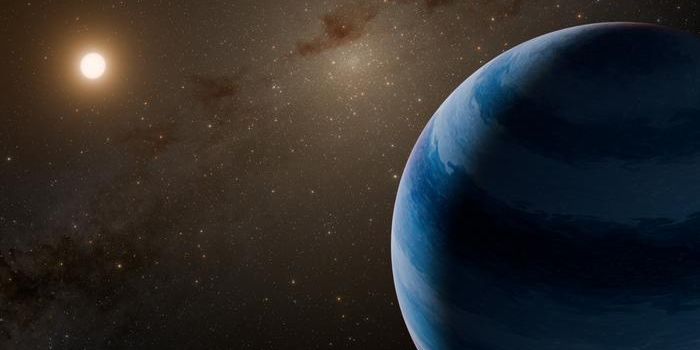Protons May Be Smaller Than We Thought
In life, sometimes a small change can make a huge difference.
The same goes for physics. A new study was recently published in Physical Review Letters from the Helmholtz Institute for Radiation and Nuclear Physics at the University of Bonn in Germany, and it confirmed a recently discovered theory: protons are smaller than we thought.
Until the 1990s, physicists widely accepted that protons were 88 femtometers. A femtometer is one quadrillionth of a meter, which equates to 1,000 trillionths in a meter. A few years ago, new studies came out proposing that a proton’s radius was 84 femtometers, four femtometers smaller than previous measurements.
This discovery sent shockwaves through the physics community. While the difference in size may seem incredibly small to non-physicists, this discovery was enough to make physicists question the Standard Model of particle physics, known to many as the basis for all particle interactions in the universe. However, the differences may not actually be that different.
The team of scientists, led by Dr. Ulf Meißner, a professor at the University of Bonn, headed over to the archives to analyze data from both recent and older experiments. Once they crunched the number with their formulas, they found that the size of the protons measured in the past was also 84 femtometers.
“Our analyses indicate that this difference between the old and new measured values does not exist at all," explained Dr. Meißner in a press release by the University. The new, more accurate measurement of a proton didn’t change anything; instead previous calculations were hindered by a systematic error. The latest issue is the scope of this error, which is more significant than physicists previously realized.
So how does one go about measuring a proton, a particle that is so small that it is measured in quadrillionths of meters? Usually, researchers began by firing a beam of electrons towards a proton via a particle accelerator. When the electron hits the proton, it sends the proton flying. The bigger the proton, the higher the rate of proton-electron collisions.
The change of both the electron’s and proton’s motion can be used to calculate a proton's size, and the higher the speed of the electron beam, the more precise the measurements become. However, a faster beam of electrons also increases the risk for proton and electron collisions that cause the particles to merge into other types of particles. Particle accelerators are not often used to measure protons because of this reason.
There is another type of particle merging that yields better results. When electrons and positrons collide because of high-velocity electron beams, they annihilate each other. Other physicists have created formulas using this information to calculate a proton’s radius.
After analyzing many studies using different methods of proton measurement, these researchers concluded that protons had been 84 femtometers all along. Still, older physicists had errors in their calculations, not their data. Either way, these results still confirm that protons are 5% smaller than we assumed 20 years ago, a little change that makes a huge difference.
Sources: University of Bonn, Physical Review Letters








